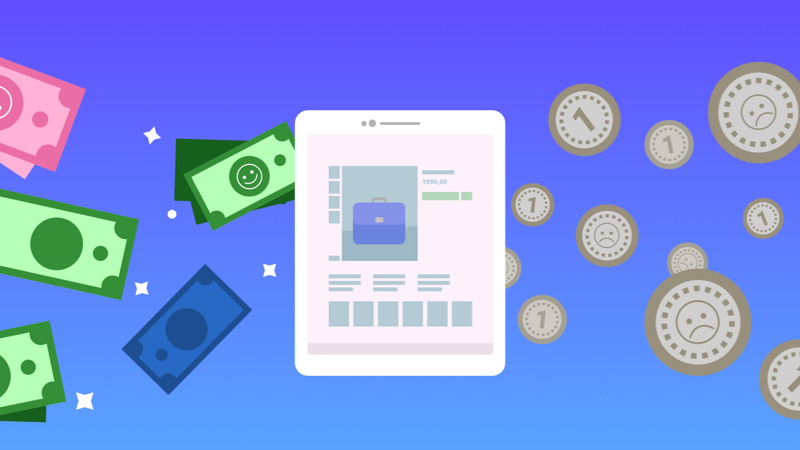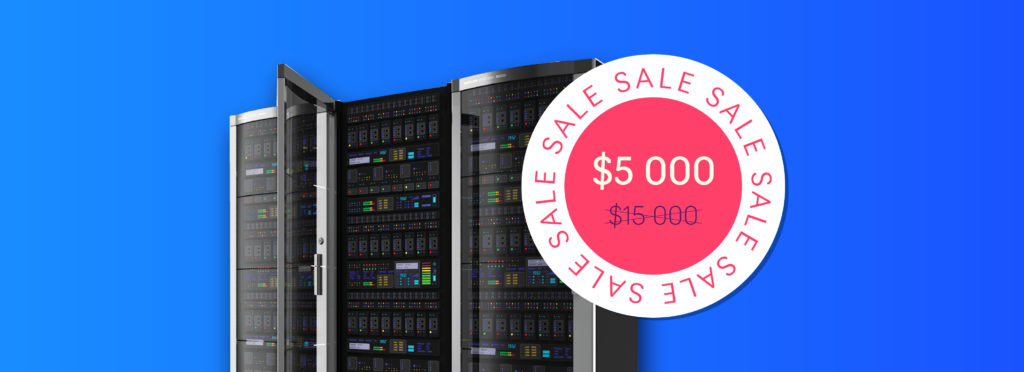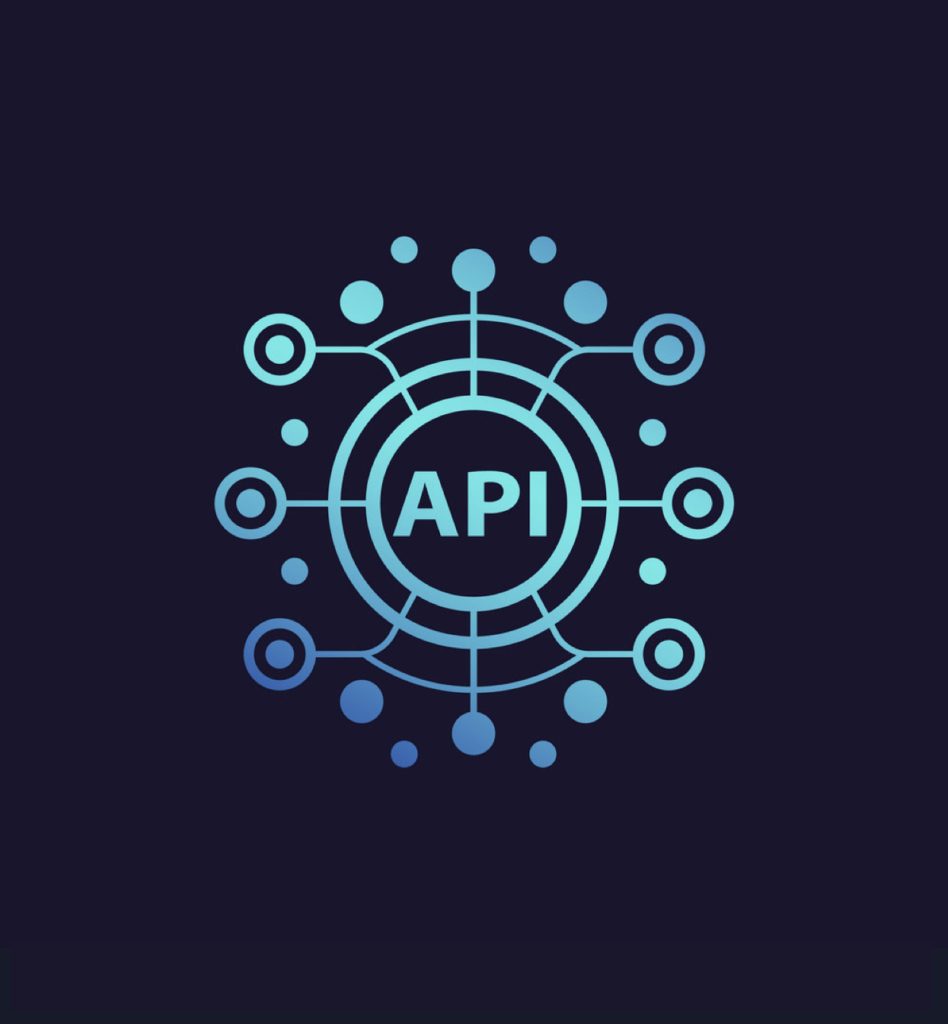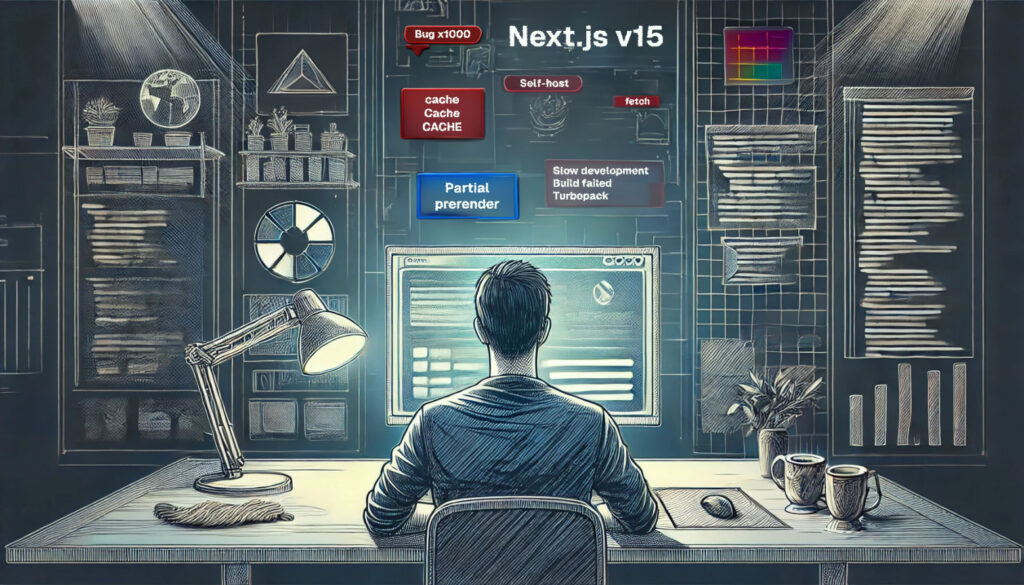For 10+ years of work, we have heard a lot the question “Why is it so expensive?”. For many clients, we were looking for ways to painlessly reduce the cost of development, and as a result, we have accumulated a number of cases that solve the problem of the high cost of a mobile application.
Foreword: How to Know That You Need a Mobile App
Imagine that you are a client of a mobile development studio. When deciding to develop a mobile application, it is better to leave the arguments in the spirit of “everyone has, but I don’t” and the desire to be in trend. You need to look at the situation soberly. We have prepared a short blitz that will help you understand how ready your business is for a mobile application:
- Is my niche big enough?
- Will the application solve my business problems?
- Will I have a flow of customers that will justify the investment?
- How close are my clients to mobile technology?
Answering “no” to at least one of these questions is a reason to think about the need for an application. Little time and money – two more warning shots.
How long does it take to develop a mobile app
You will have to tell the studio what goals you want to achieve with the application and in what ways, listen to the arguments “for” and “against”, make compromises, evaluate, agree, agree and refuse. Communication will be conducted both orally and in writing. Do you have personal time or a trusted person who will be willing to set aside a few months of his life to manage a project? If yes, then this is what you need.
How much money is spent on mobile development
Ready to spend 6-figure amount of money? Start development boldly. Not ready? Read the article further.
MVP application
MVP (Minimum Viable Product) is a pilot version of the application. It is needed to understand how a product or service reaches the audience, with minimal development costs. It does not need functional and design decorations – everything that will be there works strictly for the business purpose of the product.
The MVP strategy is appropriate when you need to release an application on time, understand that people will use it, and test all the hypotheses that you formulated during the design phase. By choosing it, you will not spend money on a product that is not interesting to your audience. And if there is interest, then you can develop the application further.
The MVP version of a mobile application for an online store must necessarily consist of a home page, a search catalog, a shopping cart, and a payment function. It’s too early to add animations, connect third-party services, offer multiple payment methods and implement augmented or virtual reality. Make sure that they buy in the application, and further analysis will show what else the user needs.
Design, analytics and terms of reference
Design, analytics and the creation of technical specifications for the development of a mobile application are the foundation on which all development is based. These stages need to be worked out to the smallest detail, not sparing time and money: investing in them now, you will save in the future.
If you have not yet figured out who your potential users are, how the project will be implemented, how much it costs and whether you have competitors, you can do this at the stage of business intelligence .
The bottom line is brief: a systems analyst collects your project requirements and translates them into the development language. He finds out:
- Everything about the target audience: who, what need needs to be satisfied, what groups of users the product will have, why these people will use the service and how they will interact with it.
- Everything about the business goal: what are the goals and objectives of the project, why users and you need a mobile application.
- Everything about functionality: what can be done with it, what are its main functions, what screens should be.
- Everything about the means: how the project should be implemented (what technologies, platforms, services need to be applied) how much will the development of such a project cost;
- It’s all about the context: what products the project should compete with, what good solutions exist in this area and what can be improved in them.
What happens during this:
- Meetings with the analyst, where the client describes what he wants and receives feedback.
- An analyst’s job is to write documents describing a project, search for information about users and competitors, and research technologies.
- Meetings and presentation of results with customer feedback.
This work will help you sweep away non-viable ideas and save you money and time. It will cost up to 10% of the total app development price. Analysts will point out growth points and help make it better, and you will understand what functionality is most important in the future product. This is the point of the design phase. It confirms or refutes the idea that people need your product. Without this stage, you can get unexpectedly low installs, zero sales, and zero revenue.
The data obtained in the course of analytics and design forms the basis of the technical task… It describes what platform the application will run on, what versions of the operating system it will support, what hardware parts of the device it will work with, and what third-party services and systems are supposed to integrate with. A technical assignment can be ordered in one studio and go to another with the confidence that your task will be understood without distortion and an accurate assessment will be given.
iOS or Android: which is better to choose for developing a mobile application
You can save two or more times on developing an application if you create an application for only one platform – iOS or Android. But practice has shown that due to the hundreds of Android phone models existing on the market and its several current versions, development for this platform can cost more than development for iOS.
There are several reasons to start by creating an app for iPhone owners:
- iOS apps are better monetized;
- fewer device types need to be supported;
- the devices most often have the current version of the operating system;
- it is more difficult for hackers to steal personal data of users;
- apps have higher quality due to picky moderation.
But the final choice of the platform depends on the purpose of the application and its audience. Do you want to make money and bet on paying users? Choose iOS. Are you creating a product aimed at the masses or regions whose residents are not used to or cannot pay for digital products? Are you making a service application for couriers and sales representatives and cannot afford an expensive fleet of devices? Choose Android. Want to take over the world? Choose both platforms.

How to save money on mobile app design
In order not to overpay for the design, you need to remember at least two conditions:
- Design is the sum of functional and graphic solutions that help an application fulfil its purpose, not an impressive appearance. Nothing should prevent the interface from being practical and understandable. In other words, good design means as little design as possible.
- Before your application appeared, users had already worked with dozens of others and were accustomed to the appearance and arrangement of elements, the sequence of actions and the application’s reaction to certain actions. These are patterns, and users expect them to be repeated all the time and in all applications for a particular platform – start from this.
Operating system guidelines help designers and developers to fulfill the second condition – guidelines for designing the interface of applications on iOS or Android. When a developer needs to implement standard interface elements (those that are fixed in the guidelines), he turns to UI kits – sets of ready-made user interface solutions for different platforms.
Let’s say the task is to develop a seemingly identical application for both platforms. Therefore, you need to make some element not what it usually looks like in your OS. For example, we are trying to replicate the iOS toolbar in the Android version. This means creating an item from scratch, which is longer and more expensive. Collectively, these changes will greatly affect the cost of the project.
It’s a similar story with animations: the harder and cooler they are, the more time and budget they require.
You may have a unique product, but logically all applications from this niche are arranged similarly. This is your happiness: designers, if they have already worked on similar applications, can offer you a template solution, with which you will not need to reinvent the wheel. The template will only need to be styled, i.e. choose colors, fonts, illustrations or take them from your product guidelines. So the design will be ready in a short time, and you will save your budget.
If the studio does not have its own templates, then the already mentioned UI kits can come to the rescue. The site UI8 abundance of ready UI kits, icons, wireframes and everything you need to work on the user interface.
Cross-platform apps: what it is and how it saves money
The approach to app development can be native and cross-platform.
Native applications are created in a specific programming language for a specific platform: Java and Kotlin for Android, and Swift at least version 3 for iOS.
Advantages :
- instant response to user actions;
- direct access to the device hardware;
- interface familiar to platform users.
Disadvantage : high development and support costs due to the involvement of at least one developer for each platform.
Cross-platform development of mobile applications is carried out using web technologies (HTML, CSS and JavaScript) with Cordova, Xamarin, React Native and Flutter tools and works immediately on iOS and Android. In order for the written code to work on mobile devices, it must either be “translated” into a language they understand, or a layer must be created that works on the device and translates calls to device functions from a language they do not understand into an understandable one.
Advantage : low development and support costs due to the involvement of one web developer.
Disadvantages :
- the need to refine the interface for each platform according to the guidelines;
- difficulties in achieving the correct operation of all the necessary functions;
- delay in response to user actions;
- slowness, therefore suitable for developing only simple applications.
Cross-platform development can help you save money if you are building a simple application, testing hypotheses, or have your own web developer. In other cases, we recommend choosing native development.
How to save money on the backend

Most applications work with data: they receive from the user, send to the server, return, etc. This requires back-end development, the costs of which occupy a substantial part of the budget. How can you save money on server-side development?
- Store data on the client side , that is, on the device. In this case, the application does not need the Internet to work, but this way it loses interactivity, and new content will appear only with a new version of the application in the store.
- Use a serverless application architecture – Serverless. This solution requires neither special knowledge for deployment and support, nor a tangible budget – all support is taken over by the cloud service on which you build the architecture. AWS, Azure and Firebase have many possibilities for this.
- Work with data through integrations with free tools . Instead of tricky custom forms, you can use a Google form, collect data not in the administrative panel, but in a Google spreadsheet, and use a Telegram bot instead of an application.
- Use SaaS services . The application contains typical functions, the creation and maintenance of which are not only expensive, but also burden the client with paperwork. Therefore, their development from scratch is a rarity. One example of such a function is payment, and the de facto standard is to use a payment gateway of some bank.
And this goes for a lot of other features of the application. Looking for chats or push notifications? They are cheaper to take a ready-made, in the form of SaaS (Software-as-a-Service – software as a service). In the medium term, it is cheaper and more reliable than writing your own platform. Thus, you avoid all the rake that the developers of the platform collected before it worked.
Freelance or agency: choosing developers
A freelancer is a freelance specialist with whom you will only have a business relationship. Since the freelancer works out of state, he will only be with you for the duration of the project or its stage, and nothing will prevent him from doing his main job or other projects.
A freelancer does not need a workplace in an office, you do not pay taxes for it or provide it with vacation pay. He, in turn, does not share your values and has low responsibility for the result. This partly reduces the cost of their services. However, it is worth planning some expenses in case the freelancer has incorrectly assessed the project or, for example, if you have to urgently look for a replacement for it.
Minuses:
- The relationship with a freelancer is based on mutual trust , and there is always a risk of stumbling upon an unscrupulous contractor. In addition, without testing and code review by professionals, it is not a fact that the project will be implemented without bugs and other specialists will be able to support it if you decide to change the executor.
- Breaking deadlines and stretching tasks is a common situation when working with freelancers. If he is working on several projects, first of all he will solve problems on the last minute. A freelancer can completely stop communicating and disappear.
- An exclusively material interest of a freelancer in your project and complete indifference to its future fate can give a bad result. Involvement in the project is important, and the success of the project will depend on what kind of specialists you select and how you build interaction.
Hiring freelancers is worth it with a clearly limited budget, but you need a wealth of experience in project management and a willingness to spend a lot of time talking with contractors. The most important thing is to calculate the risks and always have Plan B.
Savings with mobile app builders
The growing market for mobile applications at some point could not help but offer small and medium-sized businesses to create applications in designers and generators.
This approach to creating your own mobile application is positioned as not requiring any knowledge of programming: the user of the designer works in the editor, where he chooses a template for the interface of the mobile application, connects chat, monetization, loyalty program, push notifications, analytics, integrates it with social networks and third-party services, and etc.
Why do you need a constructor application? To look around in the mobile environment, to see the relevance of a business idea in it, and if there is one, it will be a green light to develop an application from scratch.
There are two types of builders for creating mobile applications:
- Those in which people without knowledge of design and development can do something on their own.
- Those in which the creators of these constructors work themselves, building an application for a specific client.
We admit that the author does not know a single constructor of the first type, which would build an application that is in demand and solves the real problems of millions. If you are not familiar with your audience, have little understanding of what a user experience is, then it will be difficult for you to get a decent-looking, convenient and money-making result. Such constructors do not have the support of designers and developers, which means that you will be your own analyst, UX / UI designer and marketer, that is, you will lead your product to success yourself. How it will end is a rhetorical question.
But if you built the application yourself, using one of these constructors, and you are happy with everything, then write about it in the comments – we want to know about this experience.
Behind the second type of constructors are specialists who will not let you go it alone. For a few tens or hundreds of thousands of rubles (the price depends on the service provider and the package of features provided), you will receive an application with support, which, although made according to a template, fulfills its tasks. Your next move is to decide whether to make a completely custom application, or channel the money set aside for this into, say, marketing.
There are many industries where type 2 constructors are good at solving a problem.
Mobile store policies for templated and generated apps are volatile. In August 2017, Apple added in the instructions for publishing applications in the App Store, an item stating that moderators will not skip such applications. In July 2019, the company made concessions: such applications cannot be signed in the App Store with the name of the client, the data of each client must be stored in a separate binary file, and the application designer itself must provide tools for creating applications with a unique user experience. These tools include professional designers.
The bottom line is short: if you choose a designer for creating mobile applications, then only a professional one. You can try, earn and develop with difficulty. Immediately after confirming demand, think of a complete application.
Save money on mobile development with marketplaces
For a young business that decides to enter the mobile territory, it is sometimes wiser not to make an application, but to connect to the marketplace. For example, a restaurant or a kitchen may not create their own application, but create an account on Yandex.Ede, and a shoe manufacturer – in the Bringly or Beru marketplace. Having become a partner, the store pays a commission to the site on each sale. If there are sales through the marketplace and have a tendency to grow and return customers, then you can think about investing in your own mobile application.
Amazon, eBay, Alibaba and Ozon remain the pioneers and leaders in this niche, where most of us have bought something at least once in our lives.
Due to the fact that the marketplace manages the process of buying and selling a product or service, you will not be able to build close relationships with the user. As a reminder, the solution is ideal for testing demand – the rest is your application.
Mobile app or PWA
Do you need to make an application at all? If you have a responsive website and a web developer, then a few manipulations and you get a PWA (Progressive Web App). This is not just a site: it still opens in a mobile browser, but it can already work offline, send push notifications, have access to some hardware parts of the device and open from the desktop by clicking on the icon. At the same time, it takes up less space on the device.
The concept of PWA appeared in 2015 against the background of the popularization of the mobile-first principle. The principle states that since mobile Internet traffic has caught up with desktop traffic (and subsequently overtook it), designers and developers should now make websites primarily for smartphone users, that is, fast, convenient and useful. For relevant queries, such sites are ranked higher in mobile search results than competitors.
Over the years, enough cases have appeared confirming that PWA plays into the hands of business: users like the experience they received from the application, and they continue to use it, carry traffic and buy goods. Lancome, Tinder, Uber, Pinterest and other well-known products have benefited from the loading speed of the PWA versions of the site.
A user could install a PWA application on his device only when he was working with a mobile site, and they could not be found in application stores. But in February 2019, with the release of the Chrome 72 browser and the appearance of the Trusted Web Activity feature in its Android version, at least Android OS users got the opportunity to download PWAs from the store.
Savings on support
If the application turns out to be able to solve the problems of millions, then it will be in demand, if not always, then for a very long time. This means that it needs to be maintained in an adequate state: scale, update the design according to trends and user experience data, implement new features, and maintain basic performance.
Signing a support agreement is already a savings in itself, but there are several ways to reduce costs for it:
- Reduce the number of hours. After several months of product operation, it may turn out that you will have a lot of even half of the time purchased for support.
- Refuse SLA support. In this case, your tasks are deprived of the division by criticality, and no matter how serious the problem is, no one will solve it urgently outside of working hours. Let us assume carefully: if you do not have a DATA-center, then you hardly need an immediate response from the support department.
- Make a maintainable product. Do not neglect documentation, code review, preparation of autotests, elaboration of architecture, refactoring – the funds invested in them will pay off later. A well-documented project will allow even the developer who sees the project for the first time to understand it.
Payment models
If you create an application together with the studio, then depending on the goals of the project, work and payment are carried out according to one of two models:
- Fixed price . The model assumes that the studio will create what is stipulated in the terms of reference for the approved budget within the approved time frame.
- Time & Materials . The model assumes that the client pays after the fact for the man-hours that the team spent on solving specific problems.
It seems that FP is more profitable: after all, the performer named the price on the shore, and according to T&M the cost may turn out to be unpredictably higher. This is the case when the goal is to make the project by a specific date or when the project is small and does not imply any improvements. But in the case of more complicated projects, the performer includes in the FP assessment the maximum risks that the customer is forced to pay, even if they did not appear. So with T&M work the cost can become unpredictably lower. Still, there are optimal conditions for such a model :
A medium to large startup to be worked on
The market in which a startup wants to take a place can quickly change, and with it the requirements for the product. But when working on FP, the client has already described in the terms of reference the functionality that the contractor will do under any circumstances – even if the functionality is no longer needed. Not only did he describe it, but he also paid for it. And if the result was not suitable for the market, you will have to pay for revision or freeze the project. The Time & Materials model makes it possible to quickly revise and radically change priorities.
The client has time for regular communication with the team
Fixed Price frees the client from the need to track the progress of the project: the studio receives money and names the deadlines, while the client goes about his business and waits for the result. When working on Time & Materials, the client is an accomplice who directly influences the project. By the way, this very complicity and saves the budget, because the requirements for the product are not compiled into a functional task, but are specified directly, and you can quickly discuss possible solutions, their pros and cons, and then choose the shortest path of implementation. At Fixed Price, the studio should include time for working out risks in the assessment and be responsible for them. By risks, we mean misinterpreted parts of the Federal Law, which causes an unexpected, to put it mildly, result, customer dissatisfaction and alterations.
No clear deadlines
An ambitious project is difficult to create within strict deadlines and functionality. Severity is a feature of the Fixed Price model. But if the risks come out, then the developer comes to the client and says that the task turned out to be more difficult than expected, and it will be necessary to simplify the development in order to meet the deadline. The Time & Materials model avoids the awkwardness associated with this: payment upon completion of the task makes it possible to discuss it as much as necessary and work without nerves.
Block for those who have little time: how to make an application and not fall into debt – in brief
- Start with the MVP version. It will help you assess the relevance of the application among the target audience – a minimum of killer features, only a laconic design and useful functionality.
- Spend time and money on business intelligence. This step will help you choose the right strategy for the development of the application, sweep aside non-viable ideas and save you money in the long term (especially during the support phase).
- Make as little design as possible. To help – guidelines from Google and Apple and UI kits.
- If the application has simple functionality, make it cross-platform. You can start developing complex applications from one platform – iOS or Android. When the conversion rates justify themselves, then feel free to take the second one.
- Store data client-side without resorting to a backend or use a serverless architecture.
- Work with data through integrations with free tools (for example, from Google) instead of tables and tricky custom forms.
- Instead of developing common functionality from scratch, use SaaS services and libraries.
- Choose a developer who will be interested in the viability of your project. Do not focus on development studios in the capital, but ratings will help you find a good performer.
- If your budget is very tight, use the App Builder – a built-in app will help you test the waters in a mobile environment and know if you need to start full-fledged development.
- Don’t start with an eCommerce app – become a marketplace partner if you want to test the demand for your products first.
- If you already have a website and a free web developer, create a PWA instead of an app. A PWA site is built on technologies that allow it to work as a mobile application: be native, send push notifications, quickly respond to user requests.
- Reduce application support costs: don’t buy many hours in advance, opt-out of SLA support, create clear documentation that developers can quickly and easily navigate.
- Choose to work according to the Time & Materials scheme to minimize risk costs.








About The Author: Yotec Team
More posts by Yotec Team